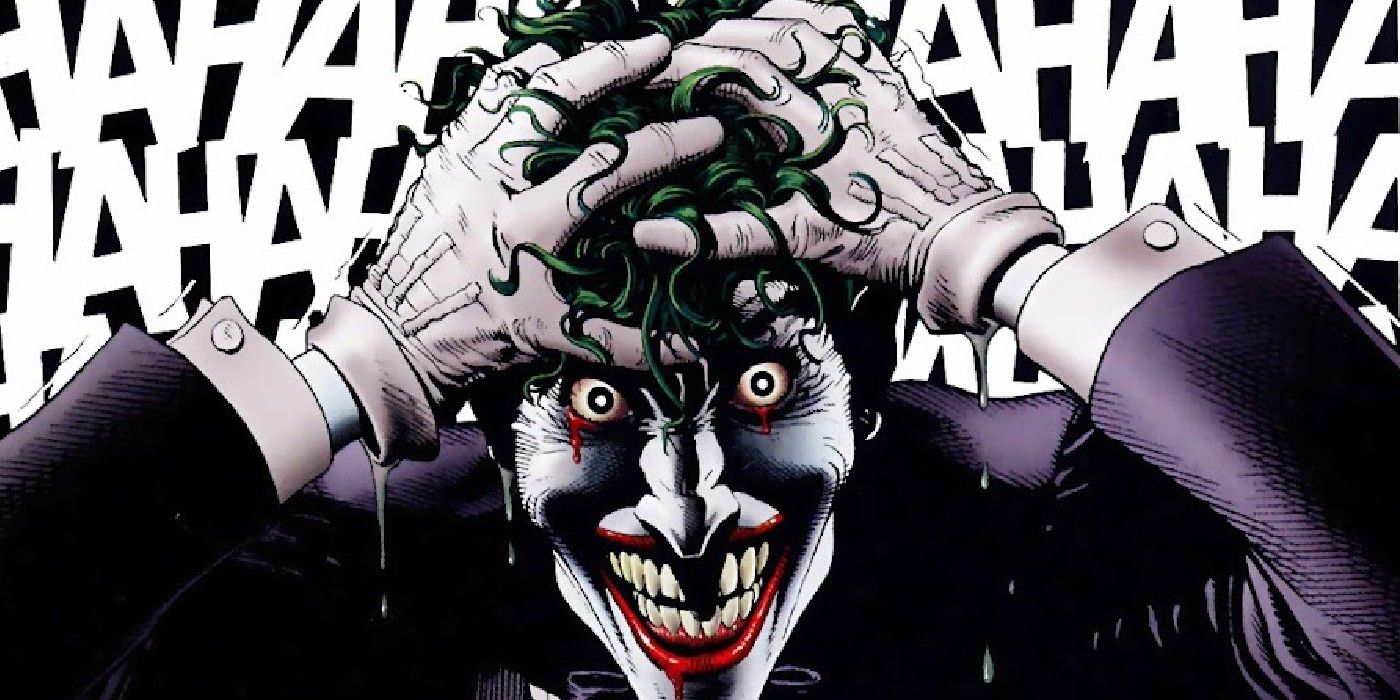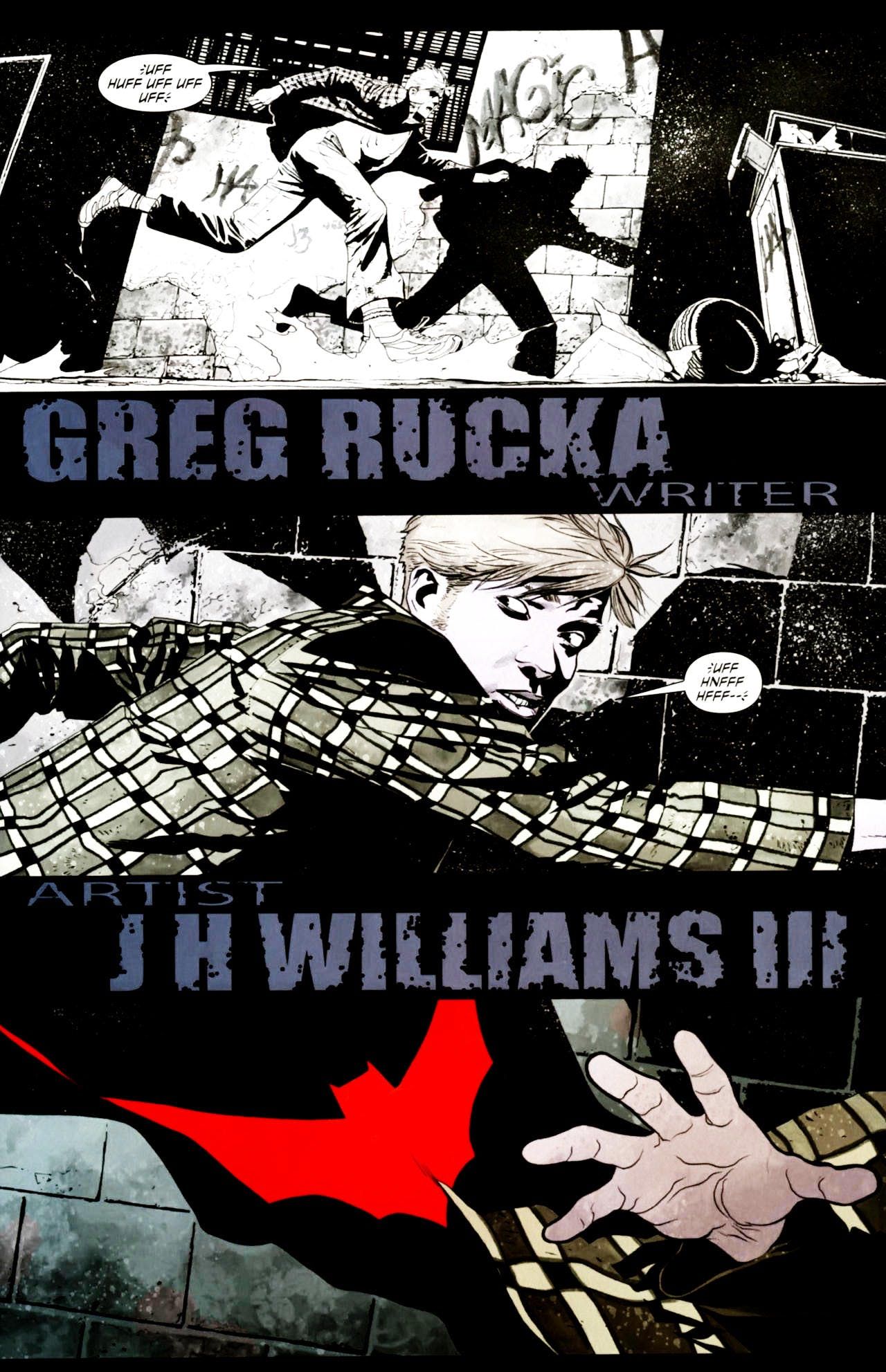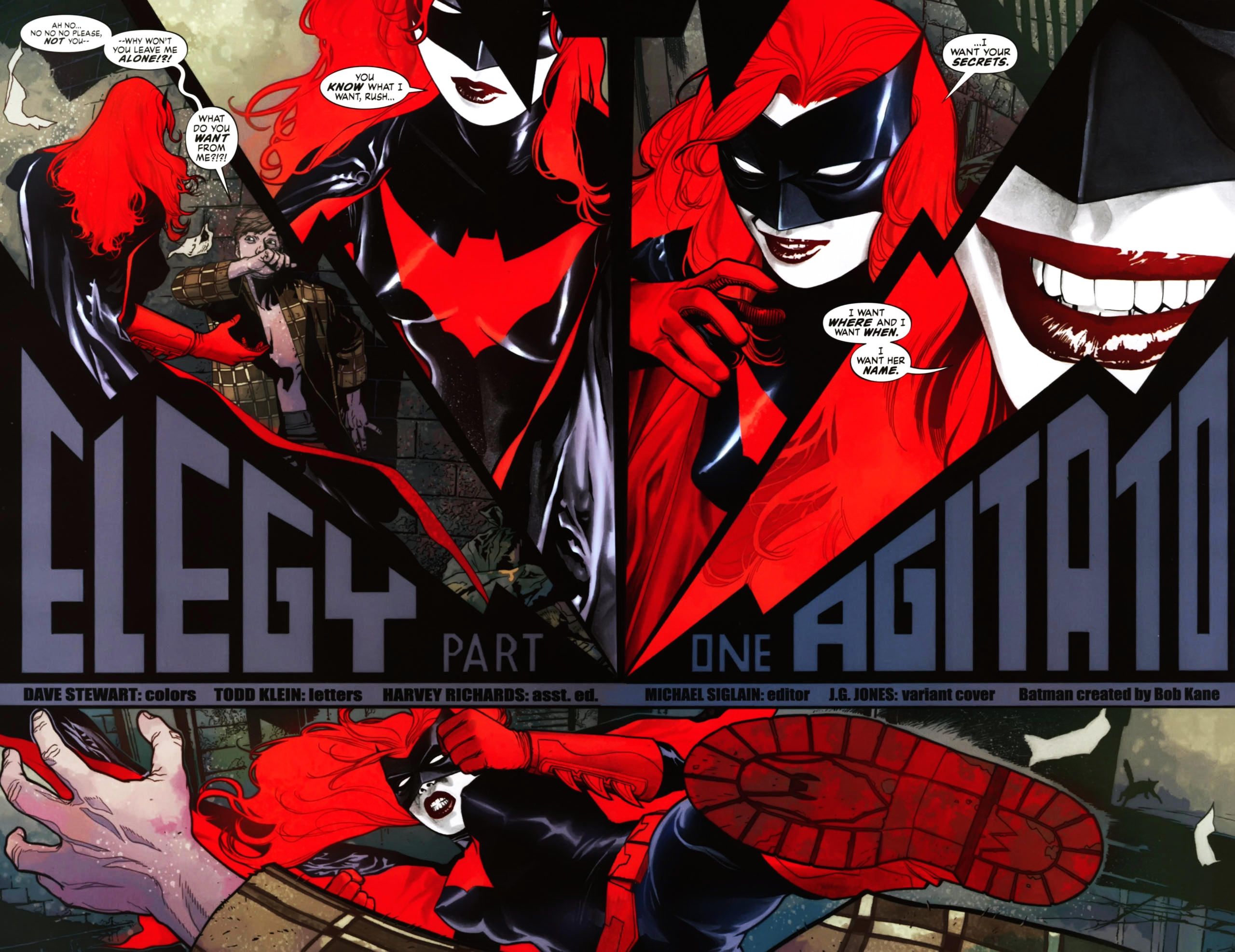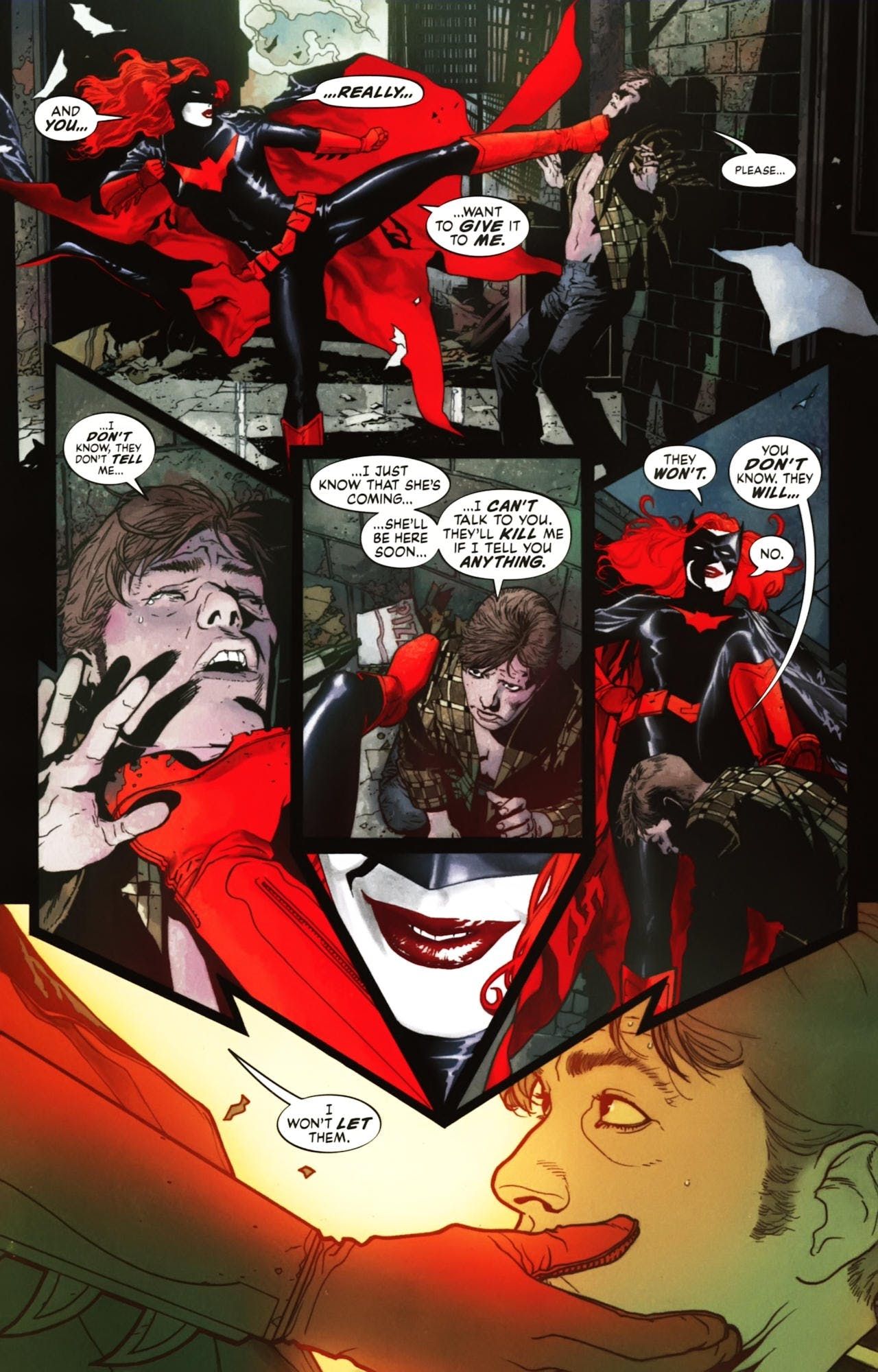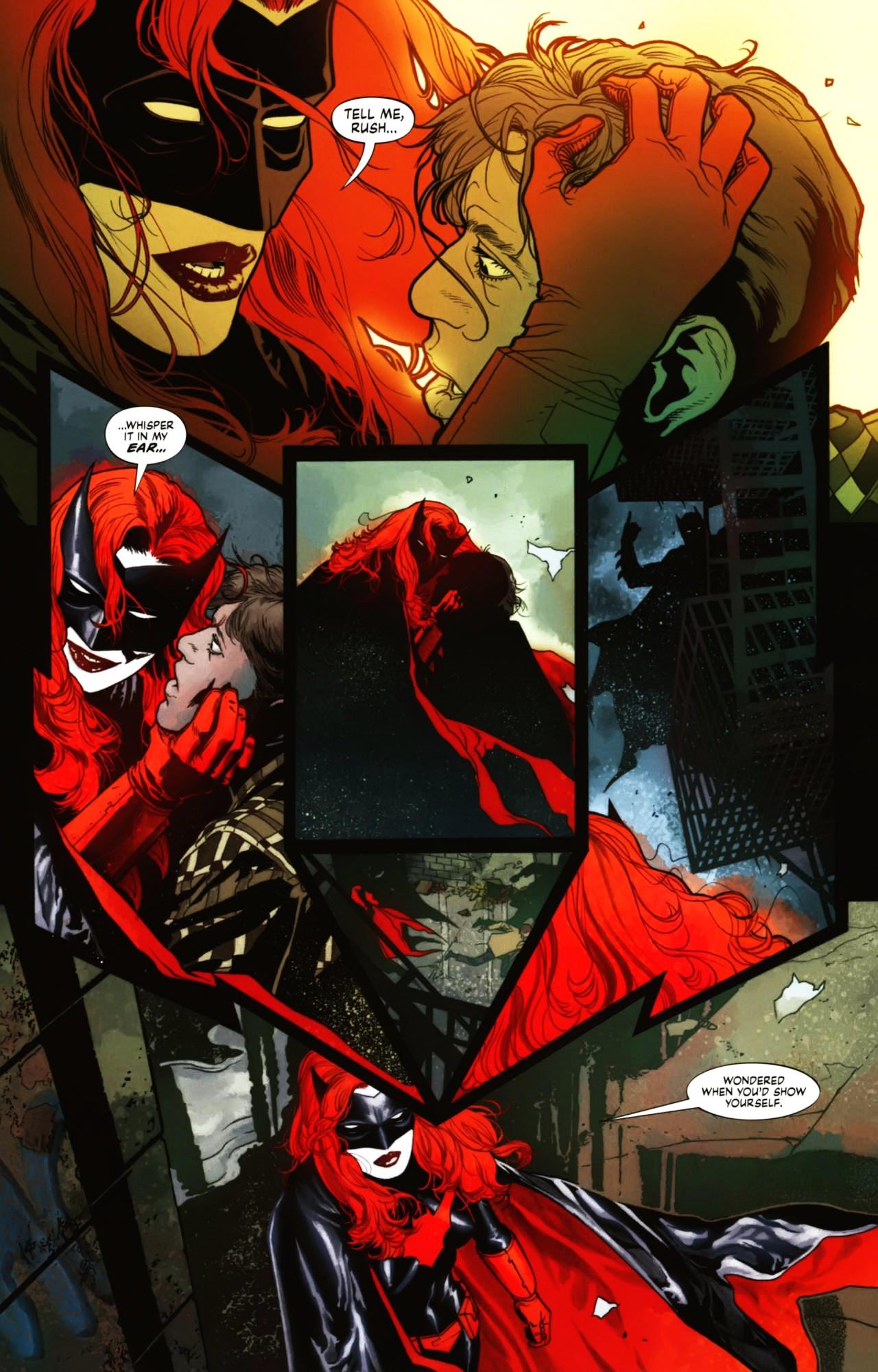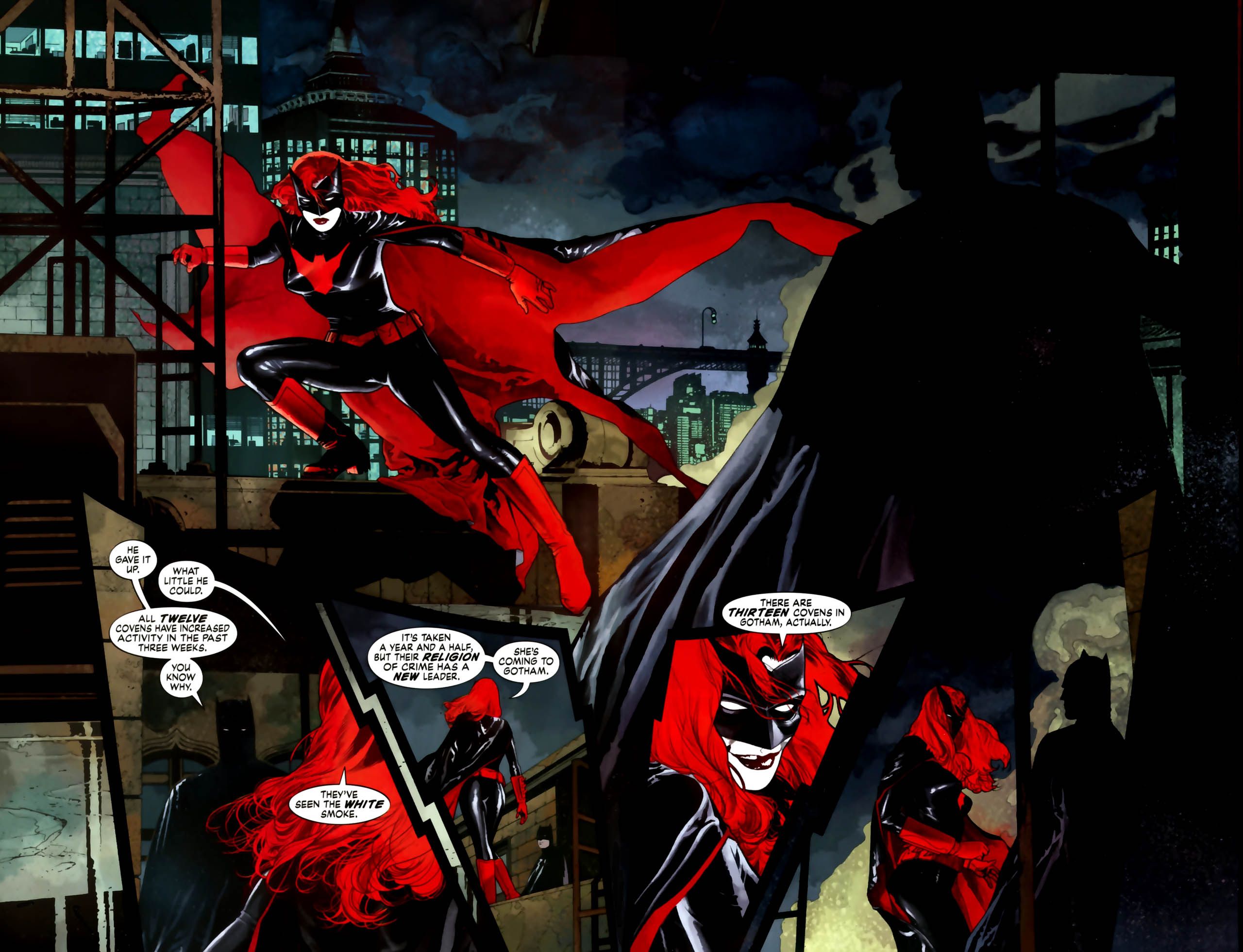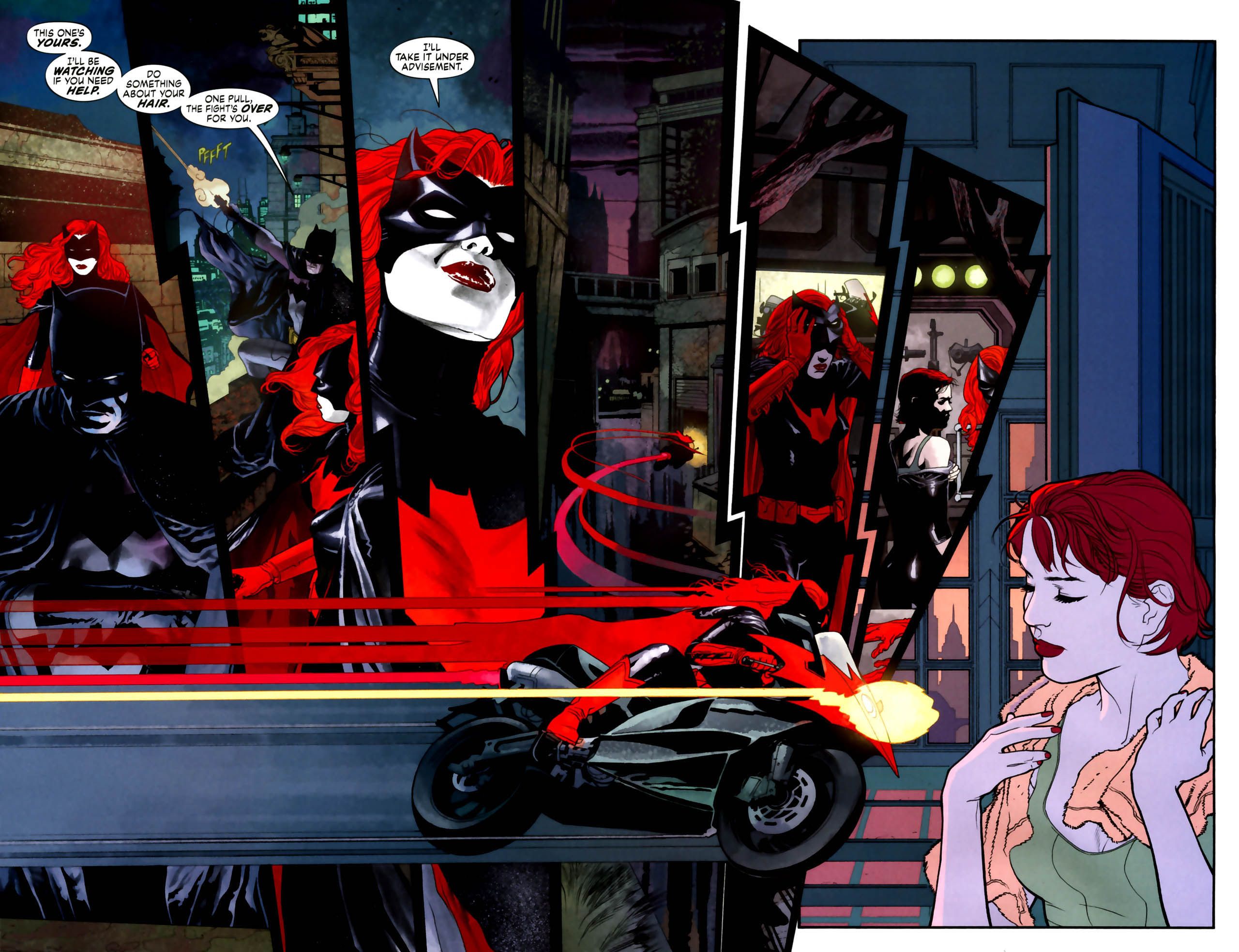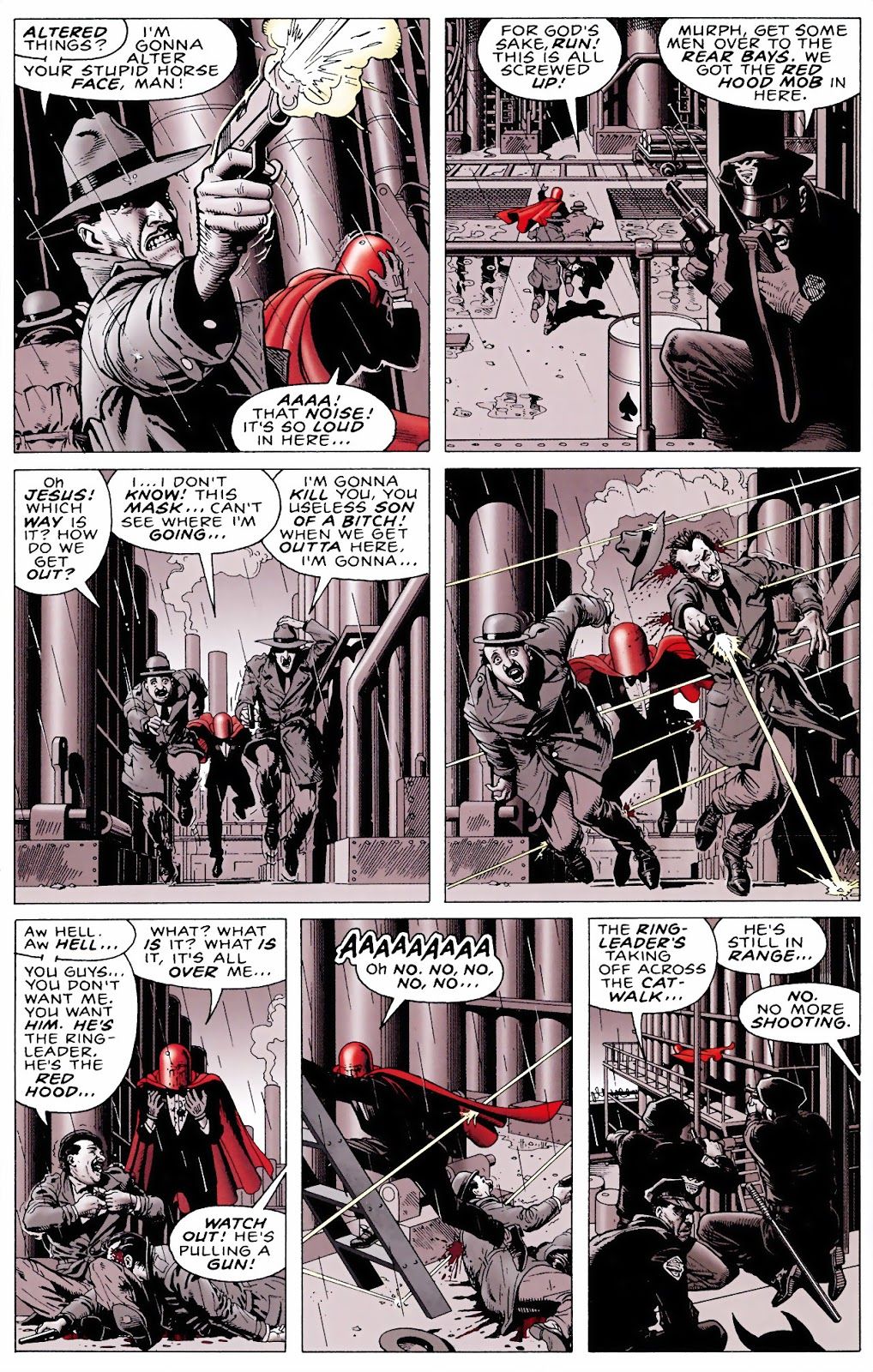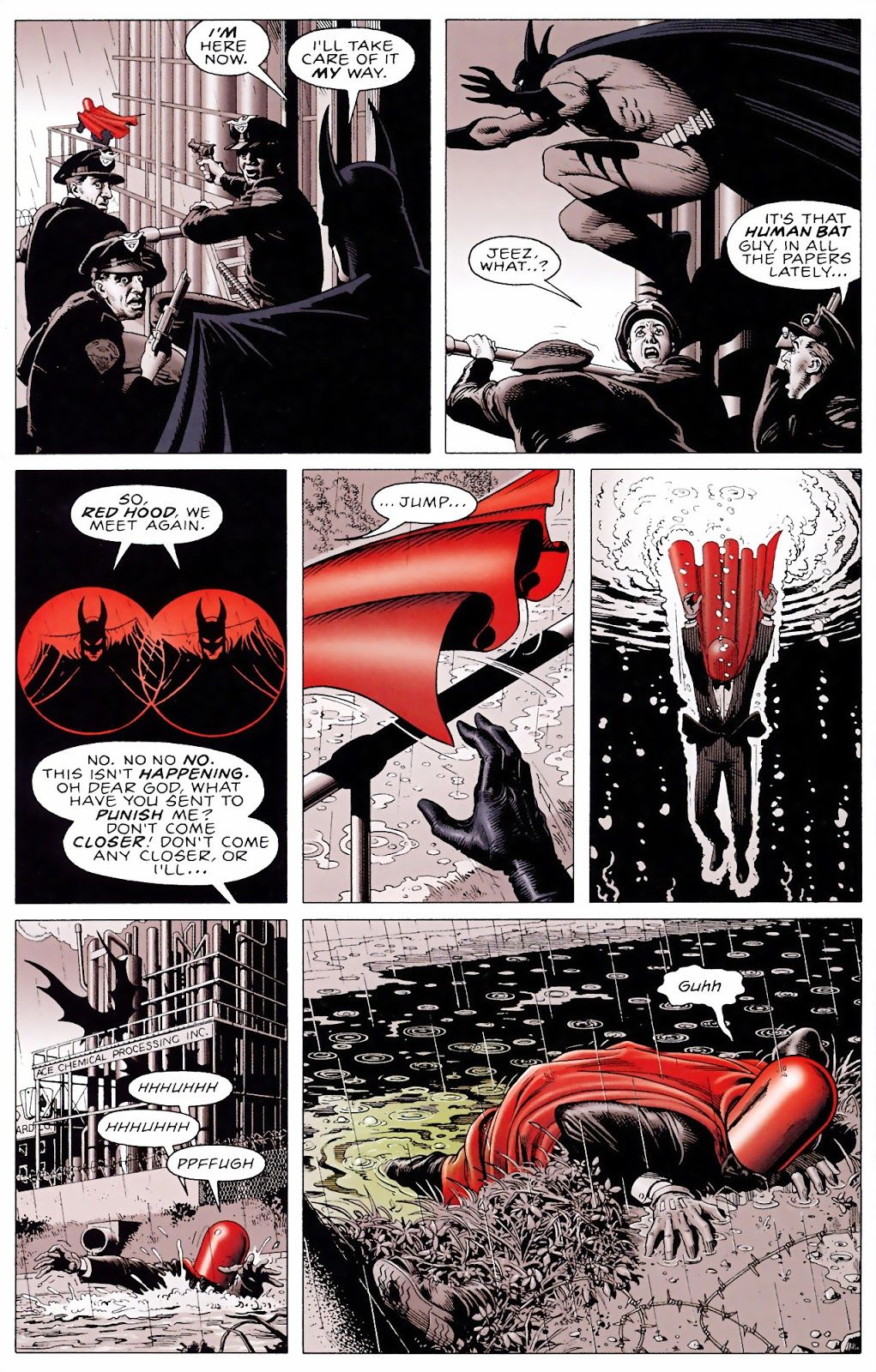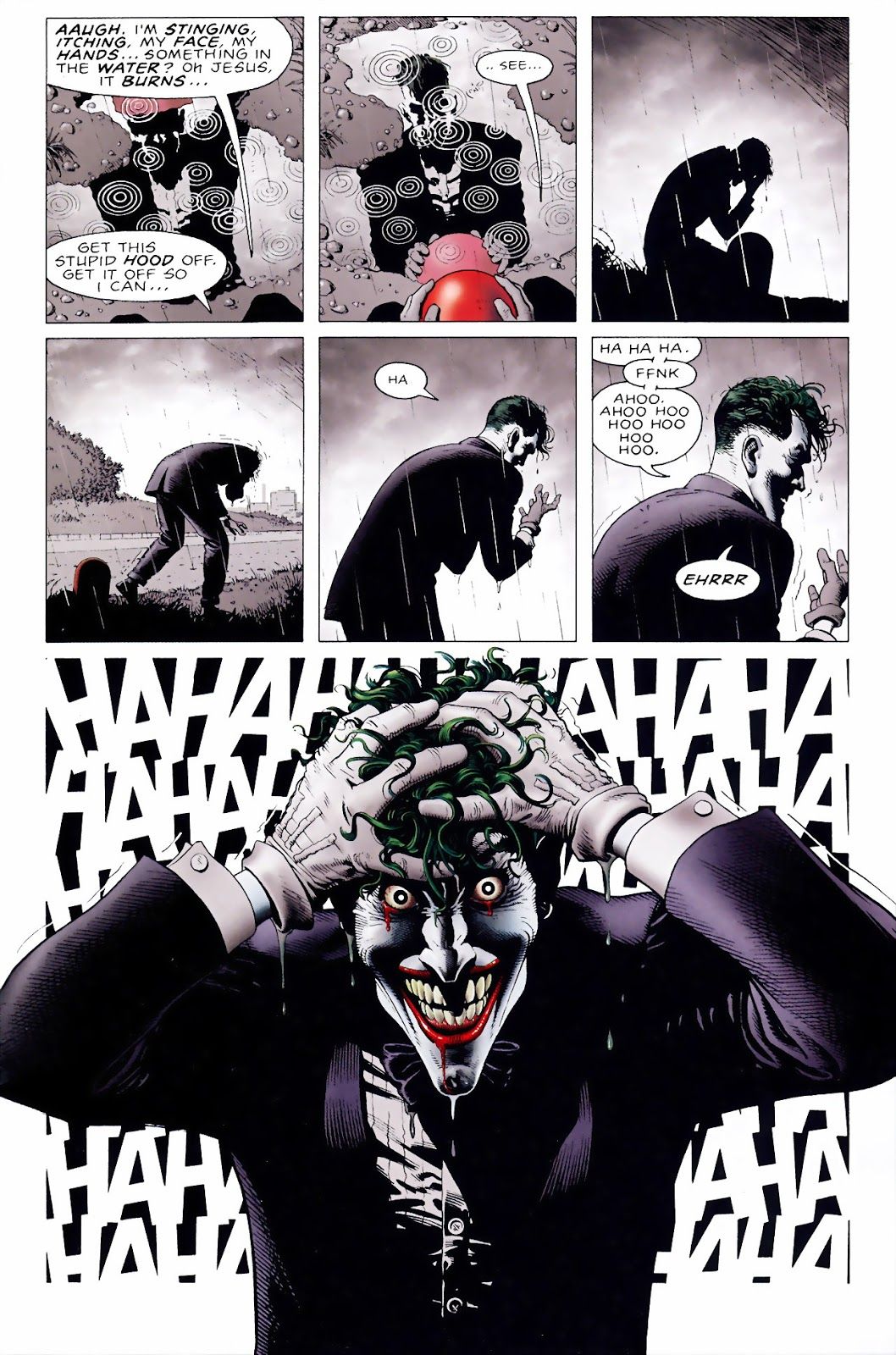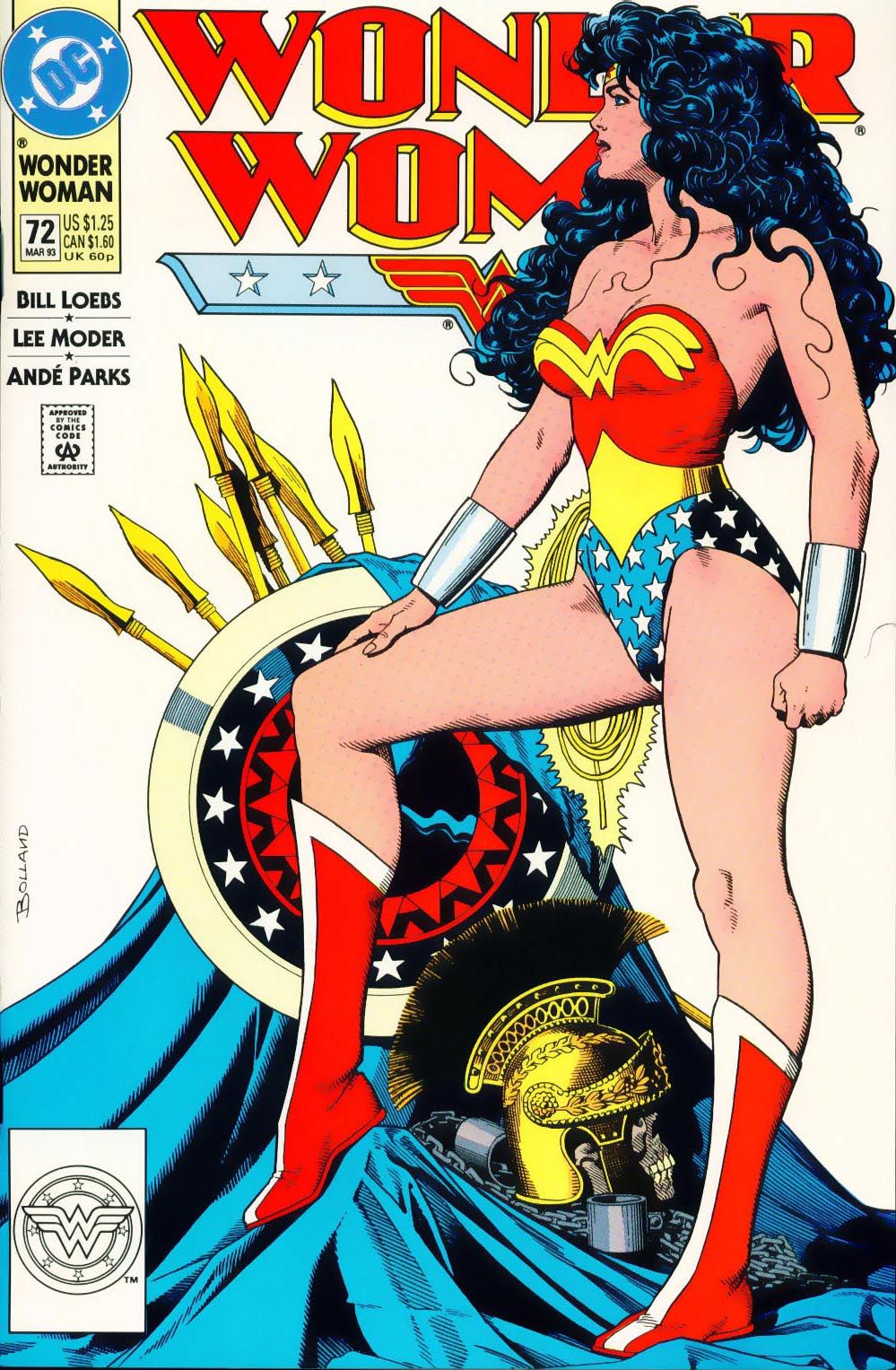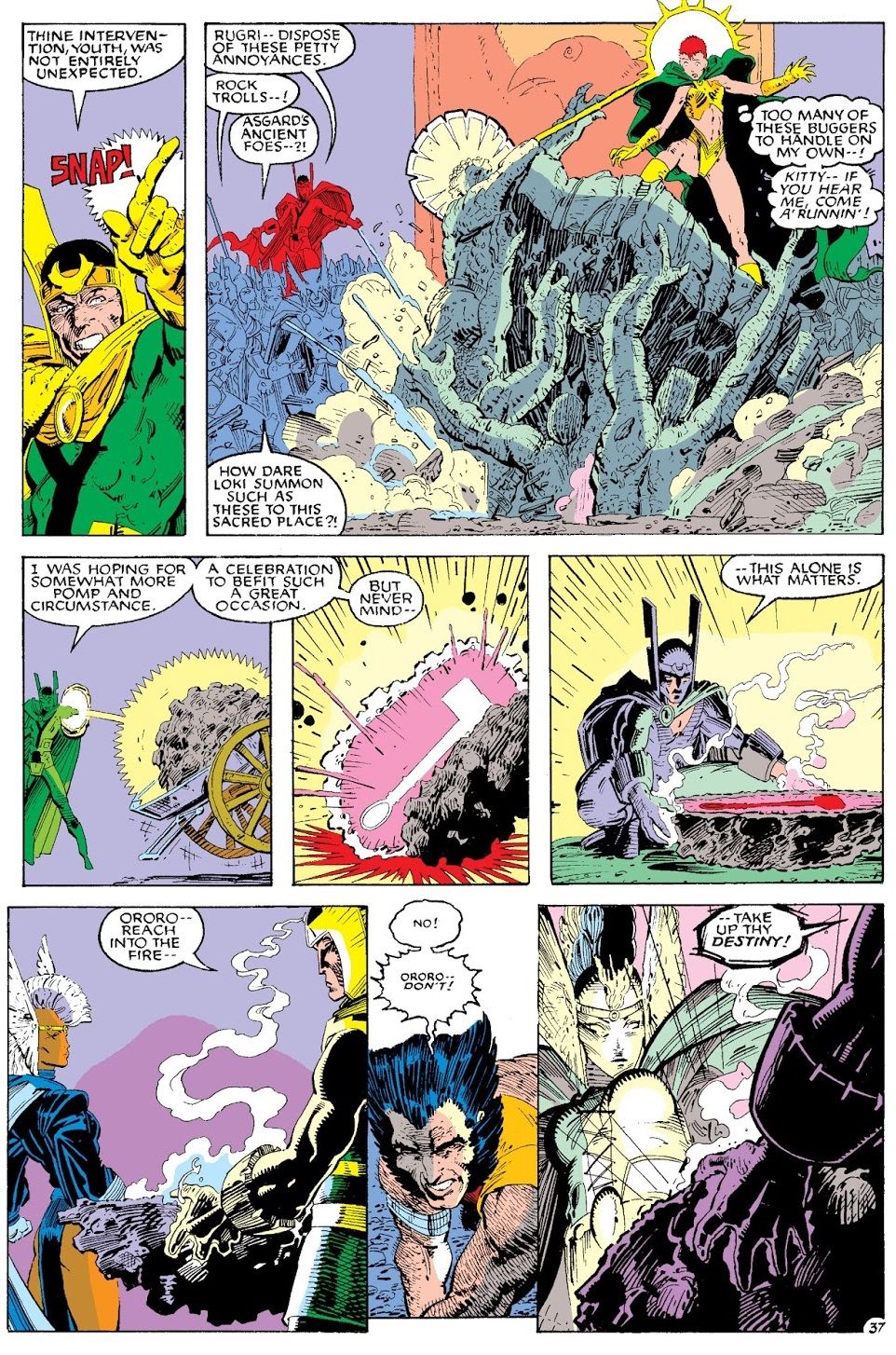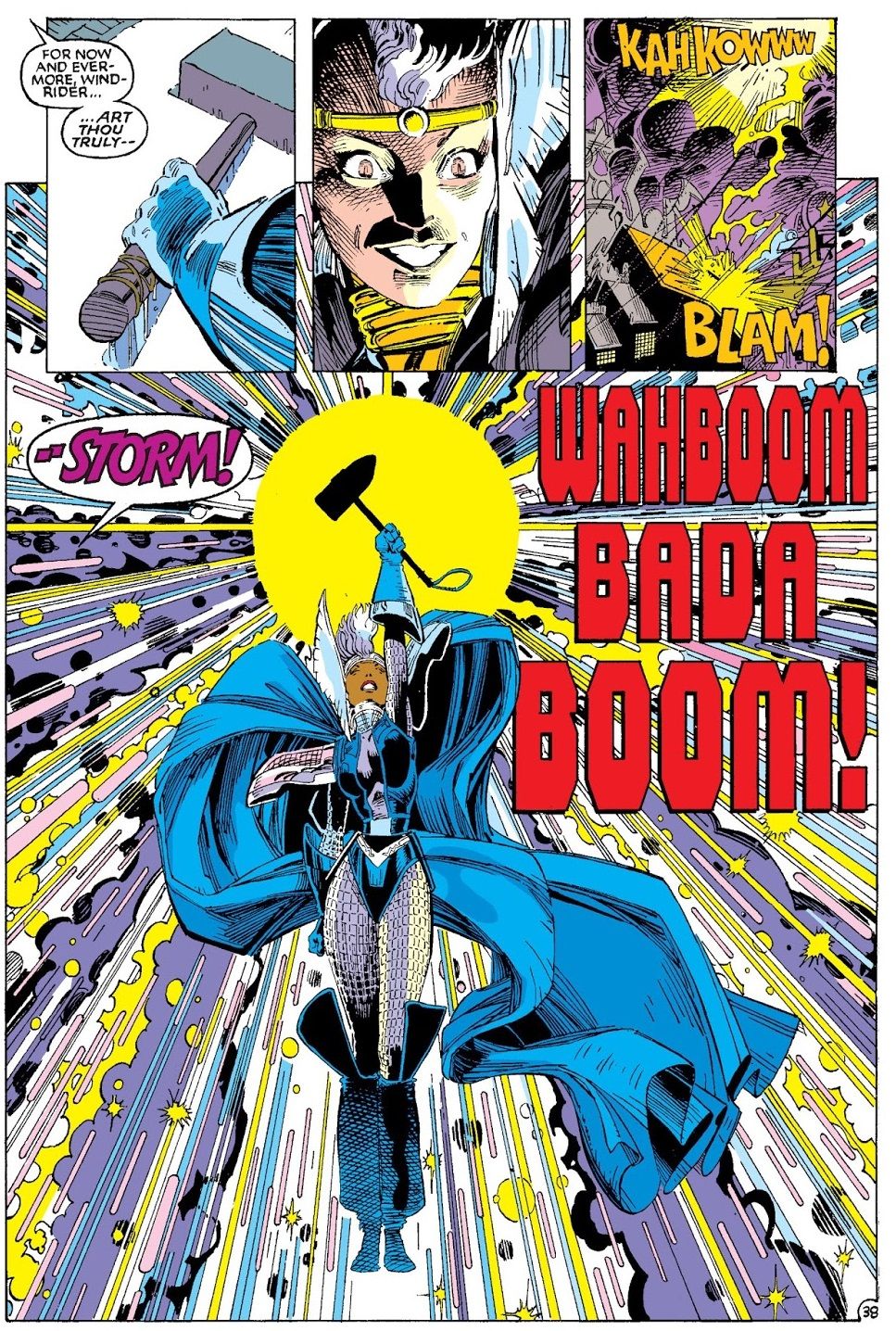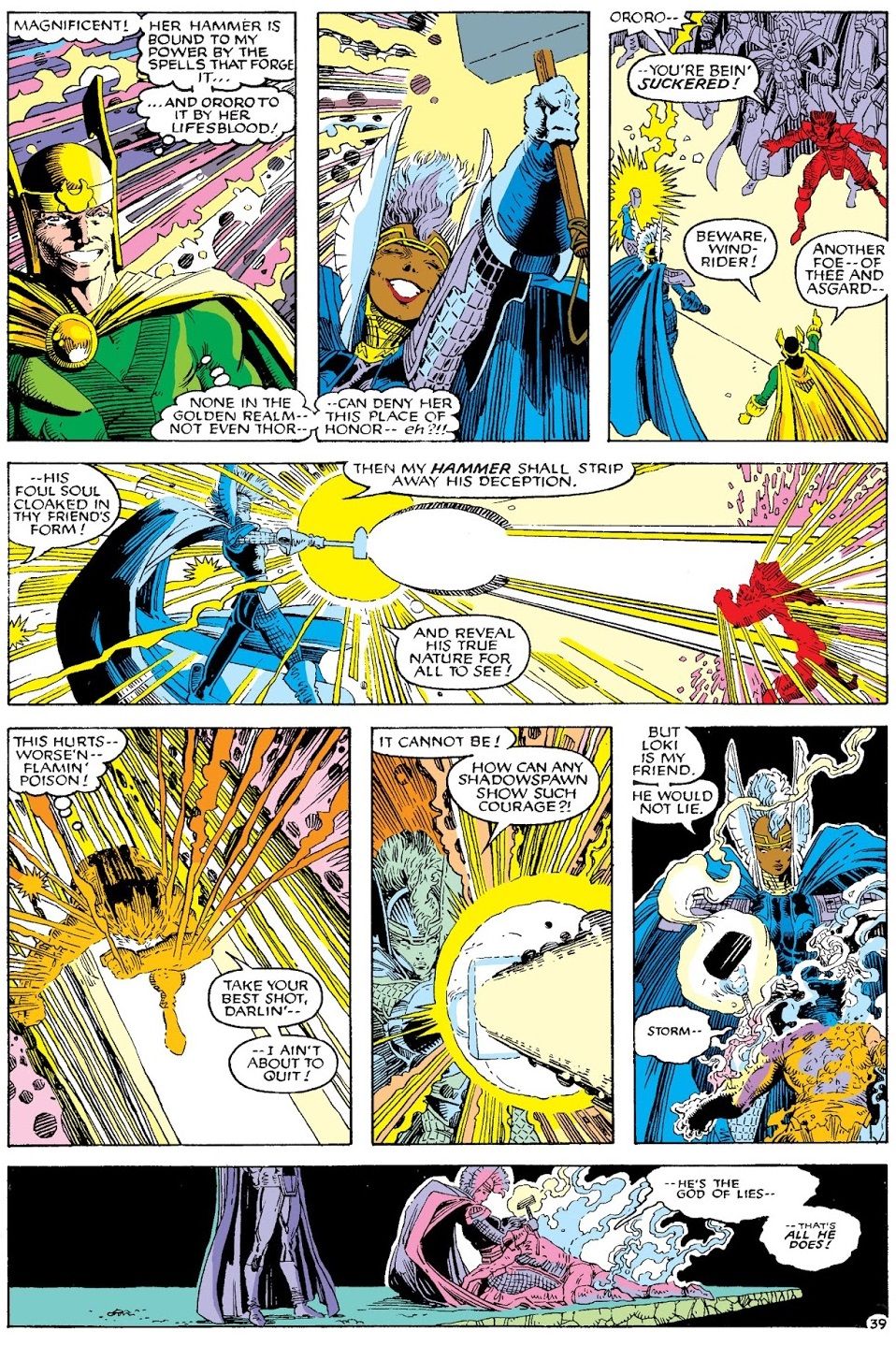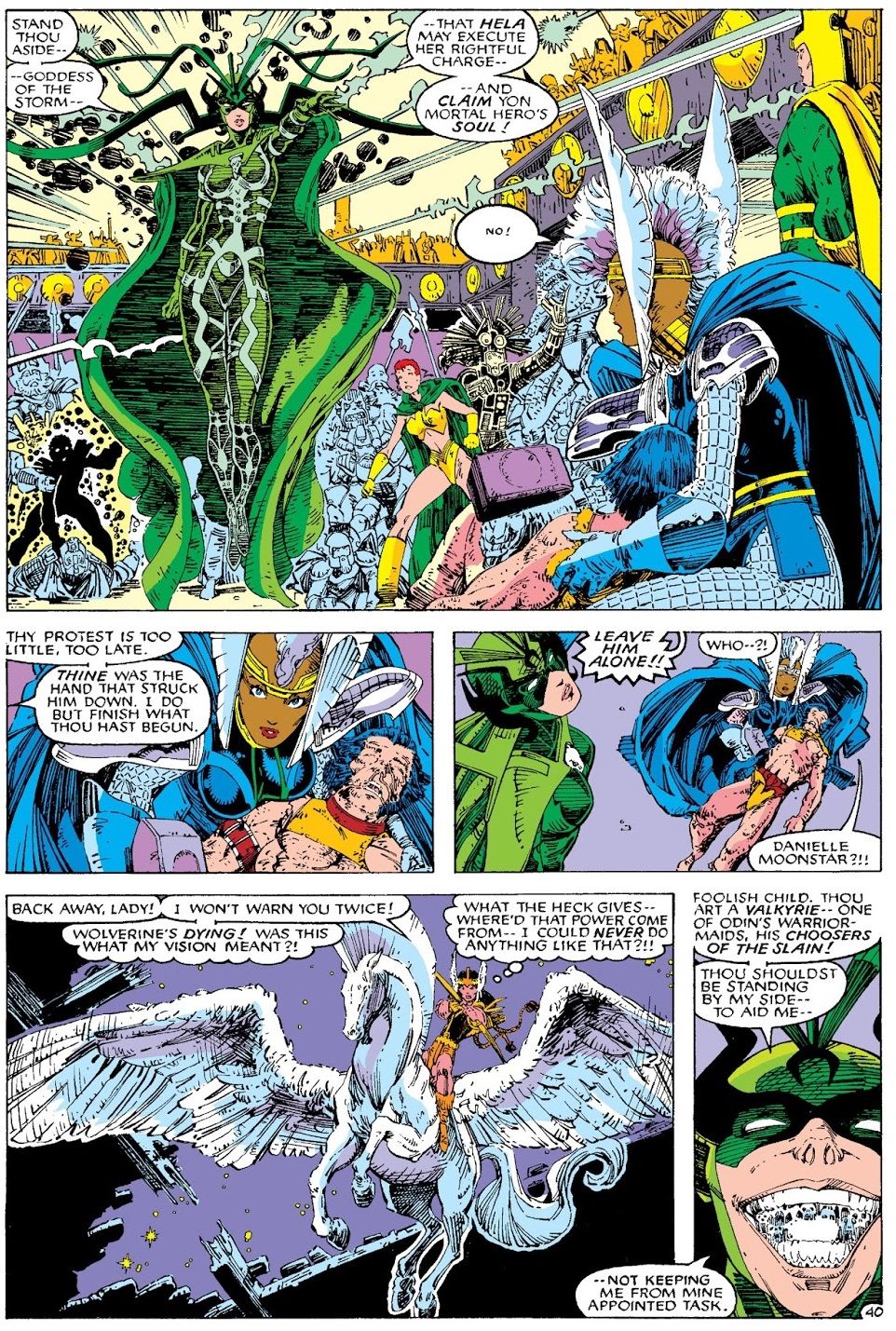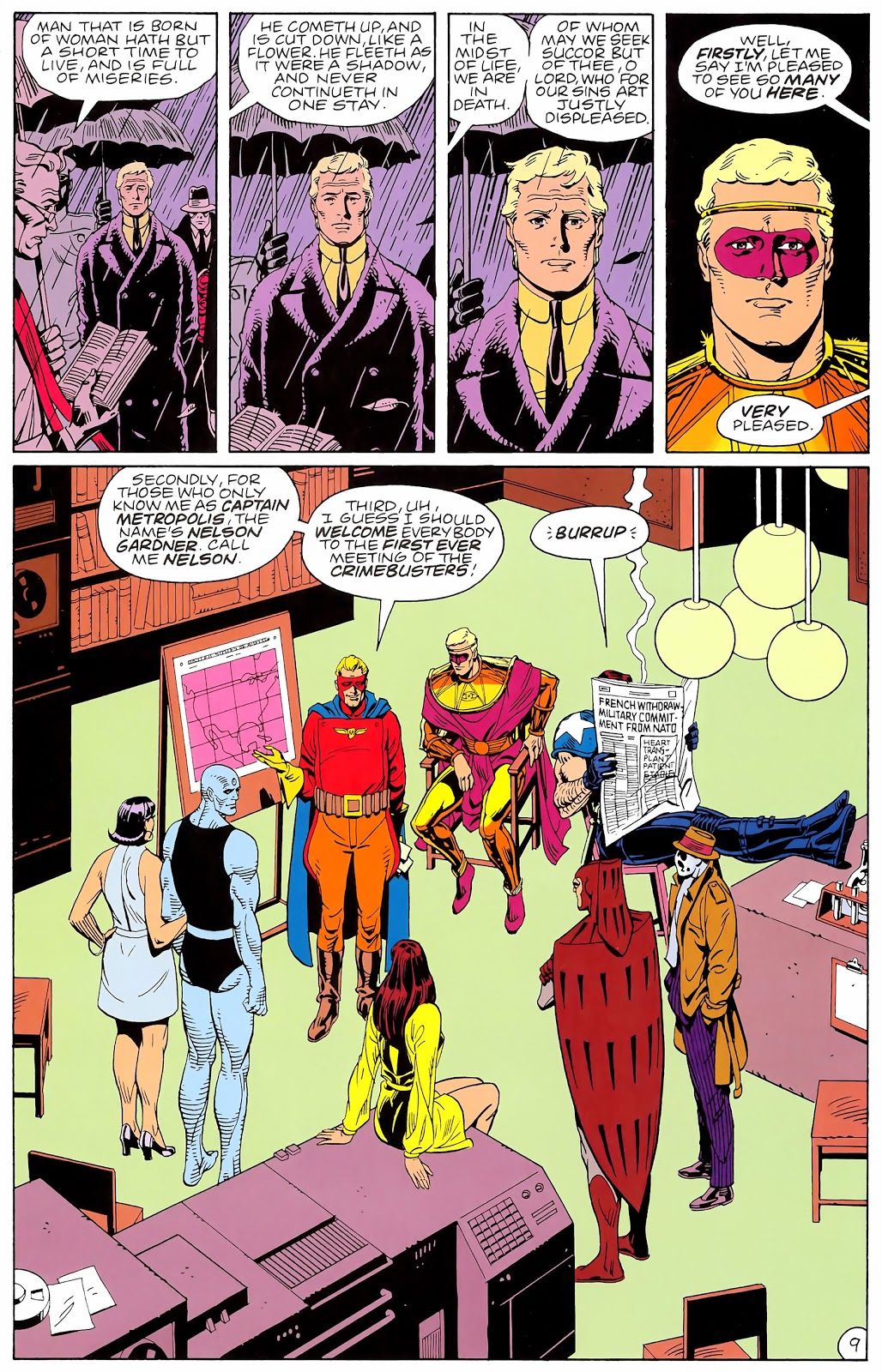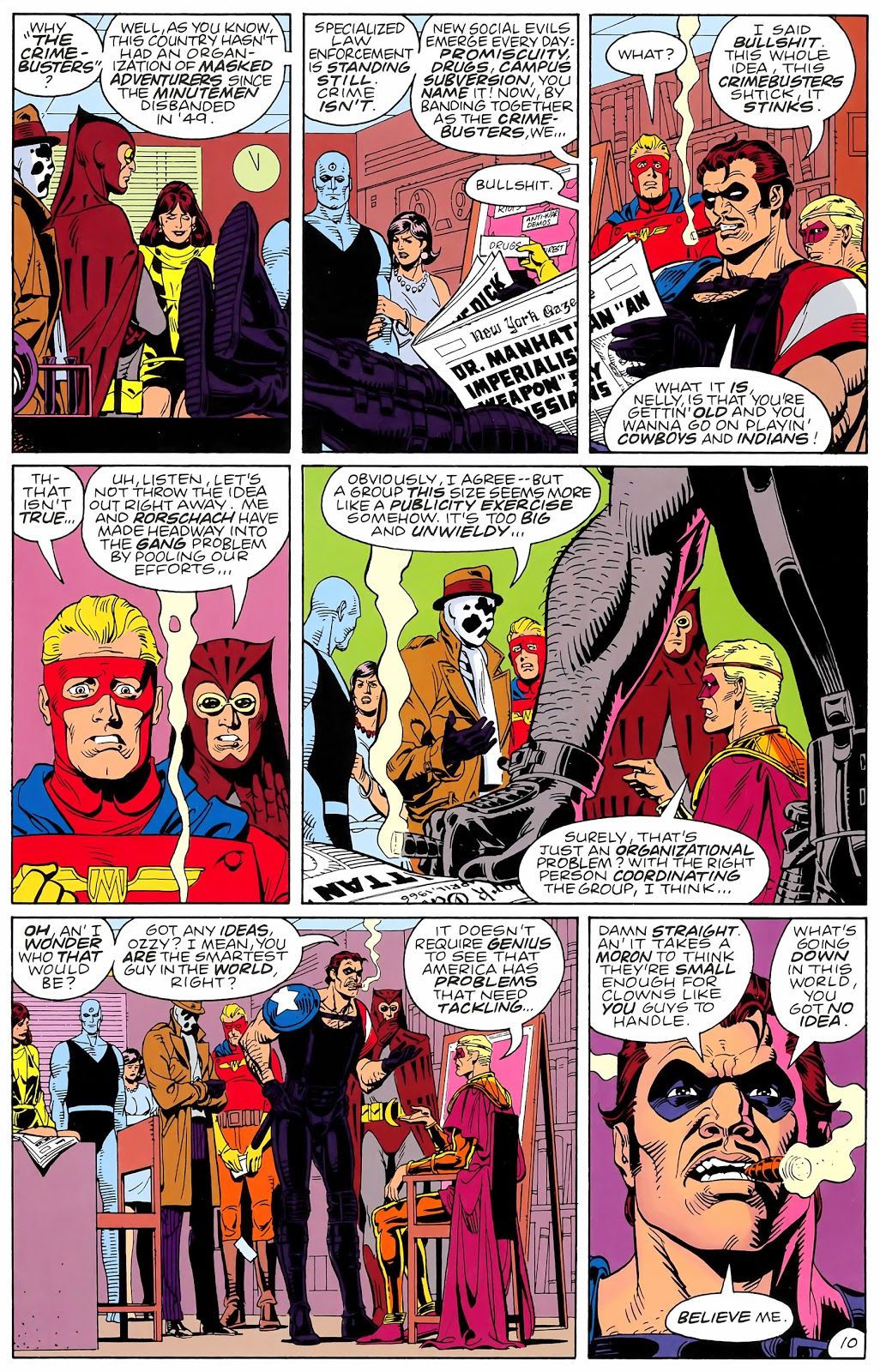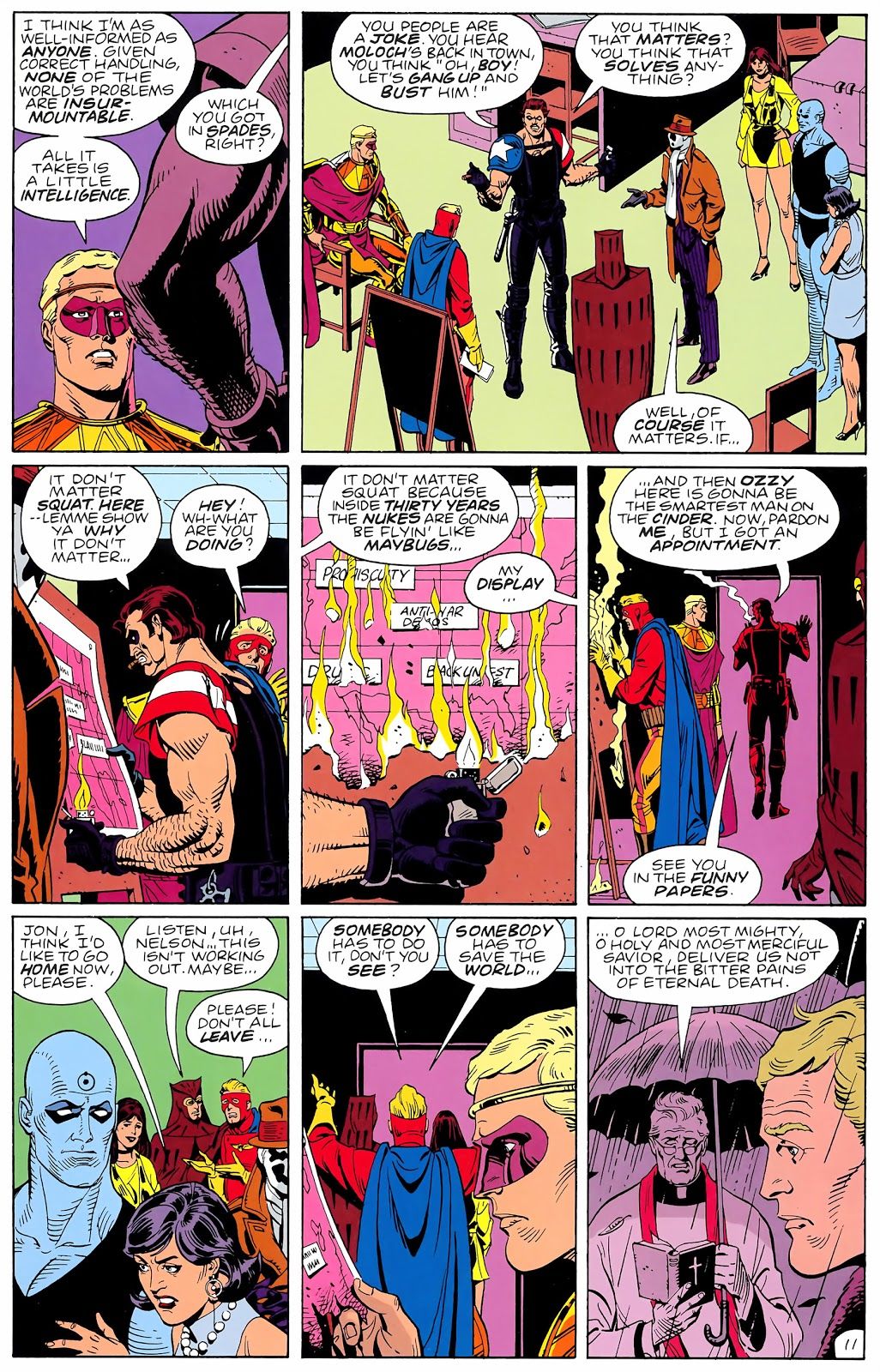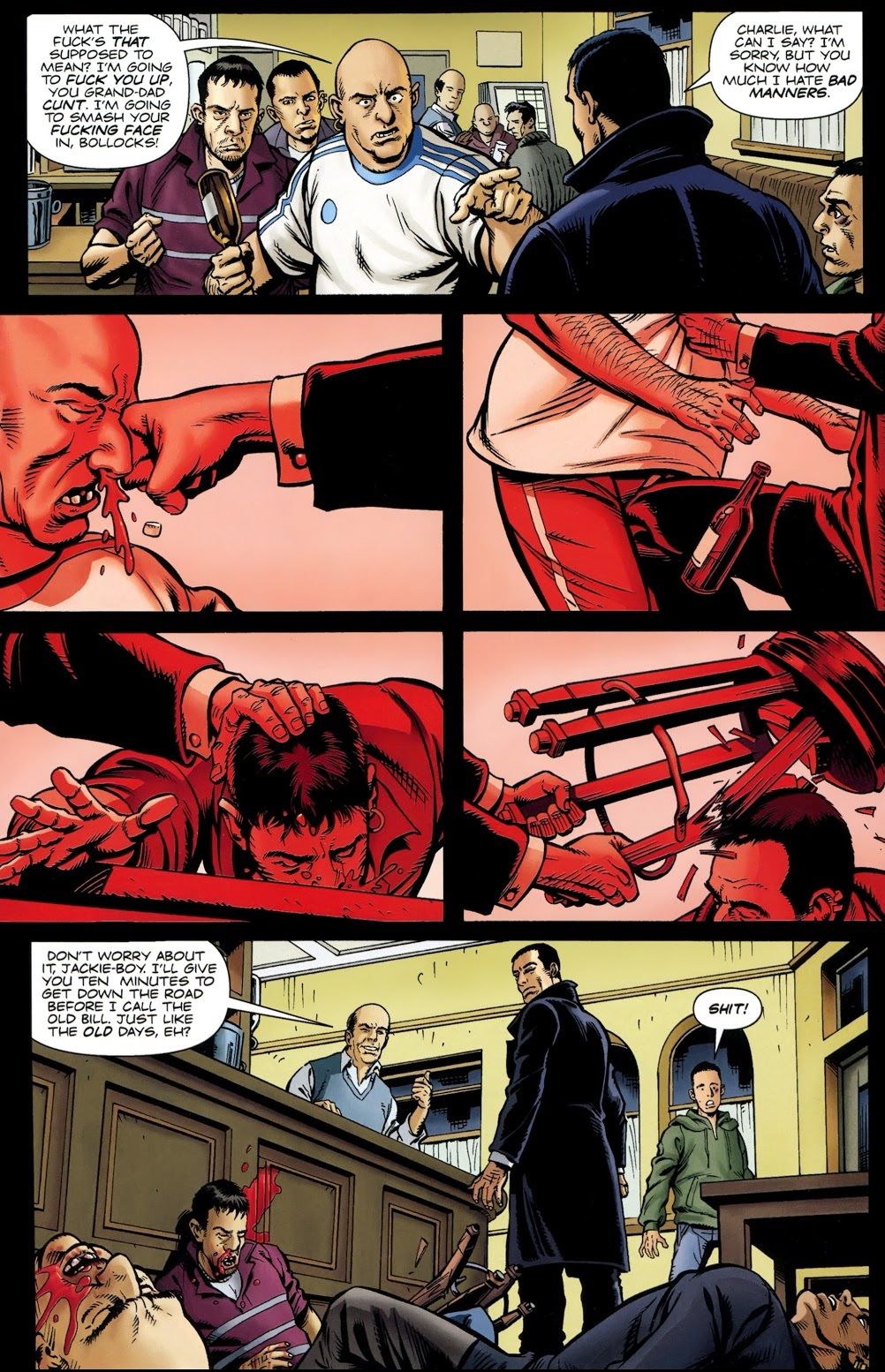The countdown continues with the next five artists that you voted as your favorites of all-time (out of roughly 1,023 ballots cast, with 10 points for first place votes, 9 points for second place votes, etc.).
22. JH Williams III – 503 points (5 first place votes)
J.H. Williams III first worked on a few small comic companies in the early 1990s, then got his first somewhat major project for Milestone Comics, drawing Deathwish. The Williams we all know and love developed over a few short stints on various books for DC (paired with inker Mick Gray) before the duo drew the short-lived (but acclaimed) series Chase with writer D. Curtis Johnson.
Then the duo were chosen to work on Alan Moore's Promethea. Williams started off amazing on Promethea, but by the time the series ended, he was on a whole other level and was now pretty much using the style he is currently known for.
Williams drew the bookends of Grant Morrison's Seven Soldiers event and then drew the Batwoman feature on Detective Comics with Greg Rucka, which ultimately led to Williams writing and drawing Batwoman's own ongoing series for a few years.
Look at the stunning opening people had to the first issue of Batwoman's Detective Comics feature...
The design work! The power! The creativity! The fluidity! The storytelling! It's an astonishing piece of work and that's just a typical piece of work by Williams. That's just "everyday" J.H. Williams! That's how amazing he is. His most recent series was the similarly mind-blowing Image series, Echolands (which is doing landscape style, and you better believe he uses that distinctive format for all that it is worth!
21. Brian Bolland – 554 points (10 first place votes)
Since Brian Bolland's stunning work is shocking to us NOW, can you even imagine how great it looked to comic fans of the 1980s, where Bolland first broke on to the American comic book scene after starring over in England? Bolland did a maxi-series about Camelot 3000 and a short story in Justice League of America #200, but fans perhaps know him best for The Killing Joke, a sort of origin for the Joker...
Since then, his contributions to comic books have mostly been stunning comic book covers rather than interior pages.
He still clearly makes his mark with his covers.
20. Arthur Adams – 559 points (12 first place votes)
Arthur Adams burst on to the scene in the mid-80s and his dynamic, incredibly detailed and extremely stylized artwork soon became the sort of rallying cry of a whole generation of artists (what was amazing was how influential Adams was to a whole generation of artists when he was barely older than the artists that he was inspiring, as he was a very young man when he broke out in the mid-1980s on his first major comic book work, Longshot). Adams' level of detail does not lend itself to monthly deadlines, so he tends to concentrate on special events, but when he does a whole issue (like the two-parter between the New Mutants and X-Men where Loki tries to lure Storm to Asgard for her to take over from Thor as Thor), boy, is it memorable...
He is such a popular artist that he has been able to pick his projects for decades now, but whenever he occasionally does interior work, it is fantastic. Of course, he has also become one of the most sought-after comic book cover artists in the business.
19. Dave Gibbons – 572 points (9 first place votes)
It says a lot about how amazing Dave Gibbons was on Watchmen with writer Alan Moore that it's almost forty years later, he's done tons of excellent work since then and still that series holds such a powerful hold over readers.
The detail Gibbons put into Watchmen is legendary. There’s a sequence set in the past when the heroes were still all pretty naive (Rorschach was not even using his scary voice as of yet), and Gibbons gives us, ALL IN THE BACKGROUND, a beautiful depiction of Doctor Manhattan flirting with the Silk Spectre, all while his wife is right next to him. As the panels go by, not one doesn’t show some sort of interaction in the background of the panel – all of it is important to their characterizations, but none of it is central to the main story being delivered in those panels – so Gibbons basically was giving us two stories at once. The one Moore is telling with the speech balloons at the “front” of the panel, plus the one Gibbons is telling in the “back” of the panel through body language.
That's the sort of thing you get from Gibbons on pretty much every project he does. He isn't content with just being an excellent artist on the "main" story, his work always has those little background touches. His storytelling is brilliant. Check out this page from his Secret Service series with writer Mark Millar (that later turned into the hit Kingsmen movie franchise)...
He hasn't lost a beat over the years.

